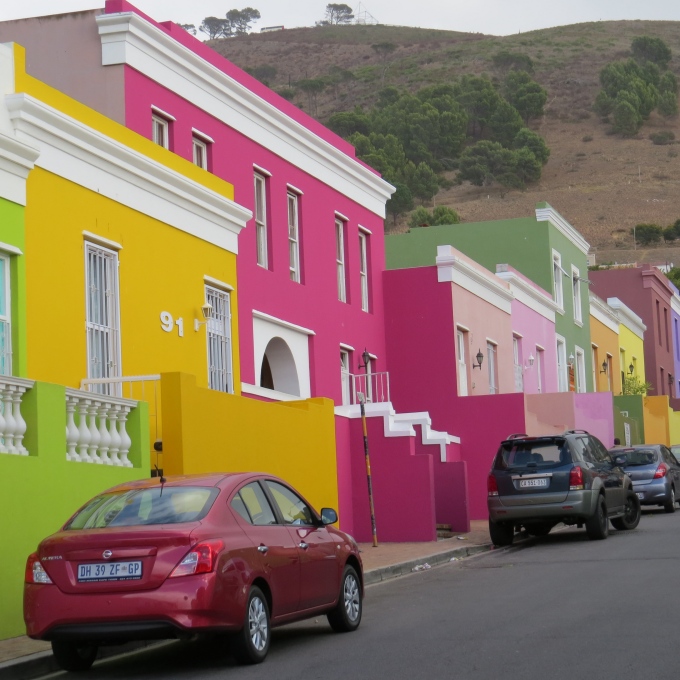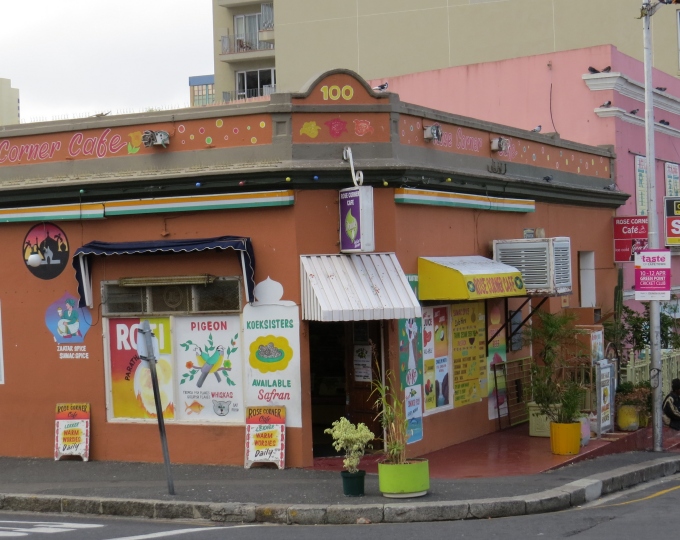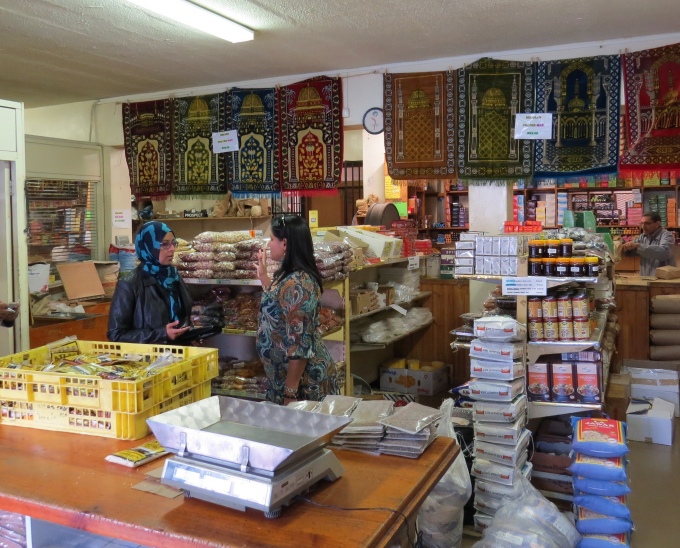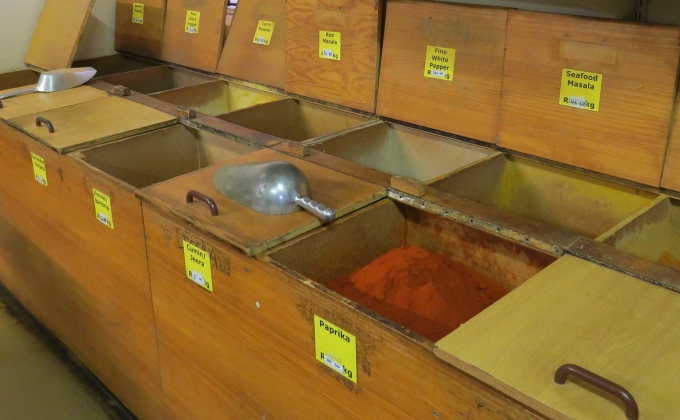Colorful, Spicy Bo Kaap
/When we visited Cape Town in 2007, we saw lots of sights in the city, but we never made it to Bo-Kaap. What is Bo-Kaap? Well, literally translated, it means Upper Cape Town. It's a multicultural neighborhood at the foot of Signal Hill, also known as the Malay Quarter. Originally, the early Dutch settlers brought prisoners from Malaya, India and Arabia to the Cape colony as slaves. Sought after for their skills as tradesmen (carpenters, shoemakers, tailors, builders, etc.), the area became a Muslim enclave close to city center. When the British abolished slavery in the 1830s, many of the newly freed slaves settled in the Bo-Kaap area, close to their Mosque. Today's Cape Muslim community draws much of its heritage and roots from the slaves brought here during that period. Bo-Kaap is a unique, vibrant, historically-rich community and interesting to visit. Many of the old cobblestone streets remain, narrow and steep and lined with brightly colored, well-kept row houses from the 17th, 18th and 19th centuries. The oldest house, built in 1658, stands as a local museum. The house colors knock your socks off … turquoise, purple, hot pink, mustard yellow, lime green. Eye candy for us wanderers.

We meandered through the neighborhood, up and down the streets, through little alleys, taking it all in. The minarets of beautiful Mosques stretched towards heaven above the old buildings. In fact, the first established Muslim Mosque in South Africa, Auwal Mosque, was built here in 1804 and is still used today. We heard the muezzin call out the adhan (call to prayer) at midday.
The Rose Corner Cafe, on the corner of Rose and Wales streets, looked like it was a local institution. They offered koeksisters and “warm worsies daily” and zaatar spice and sumac spice and things we'd never heard of. They were doing a thriving business for a mid-week day.
Our noses led us next door to the Atlas Trading Company. Rich, pungent, spicy smells wafted in the air and into the street. We couldn't resist a peek inside. Oh, my!
Spices! Anise, cardamom, cloves, nutmeg, ginger. The mix of smells was delicious and nearly overwhelming. The shop was crammed floor to ceiling with every herb, spice and condiment imaginable. Prayer rugs hung from the ceiling. The back wall was lined with incenses and candles.
Huge wooden bins were heaped full of paprika and cumin and fennel and masala and curry blends. Bright, colorful mountains of herbs and spices beckoned us to sniff and smell … and buy. Cubby holes were brimming with small packets of aromatic spice blends.
We watched a man empty a huge sack of turmeric into a bin midst a cloud of yellow dust. We spent nearly an hour inhaling and buying … a little Chinese Five Spice, some oregano, a small package of anise, some pumpkin seeds and sunflower seeds and garam marsala. It was the highlight of the day.
After all the spice purchases, we needed sustenance. There were lots of coffee shops around and we chose the royal blue Batavia simply for its bright color appeal. It was an interesting little cafe with an eclectic decor. We sat in comfy easy chairs with a little table between us. I tried a koeksister … like a spicy donut covered in coconut. It went well with my flat white coffee, but I brushed coconut flakes off my black jeans and jacket for the rest of the day.
We spent the better part of four hours wandering the streets of Bo-kaap, peeking in shops and enjoying the spirit and the flavor of the place. There's so much more to see in Cape Town. Stay tuned. I can assure you, it won't be all boat chores here!








